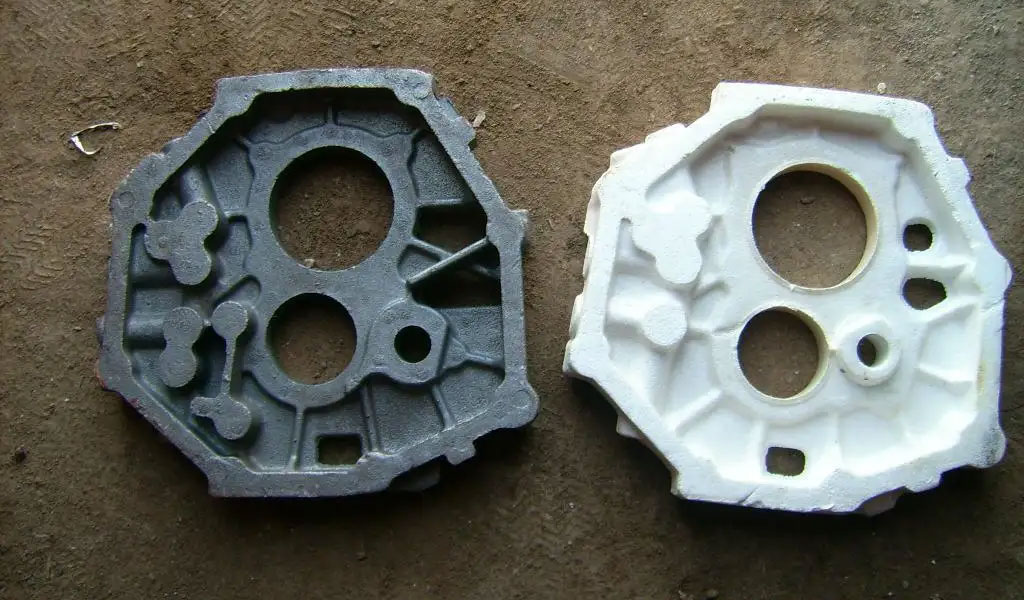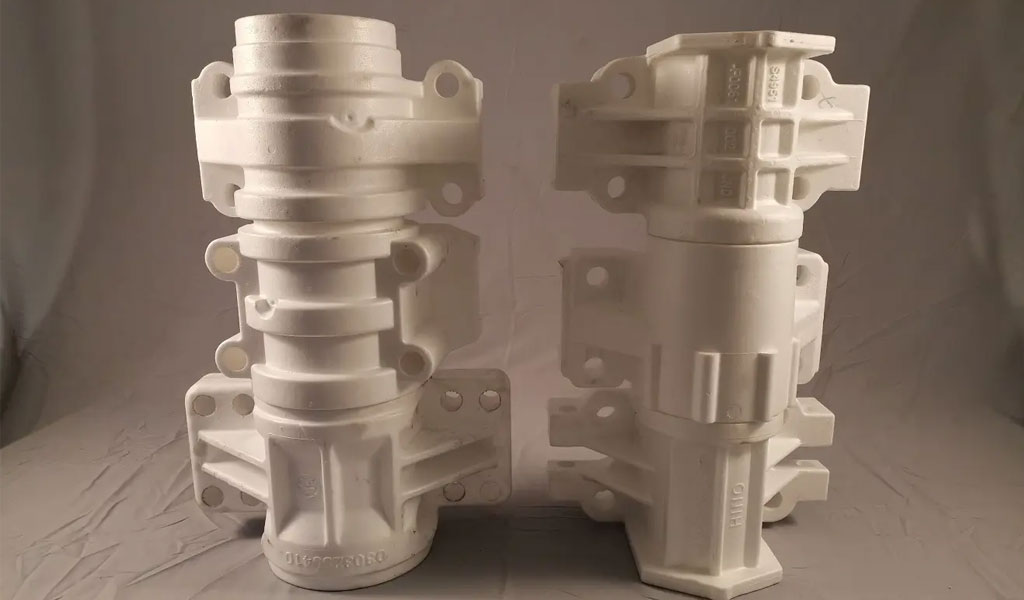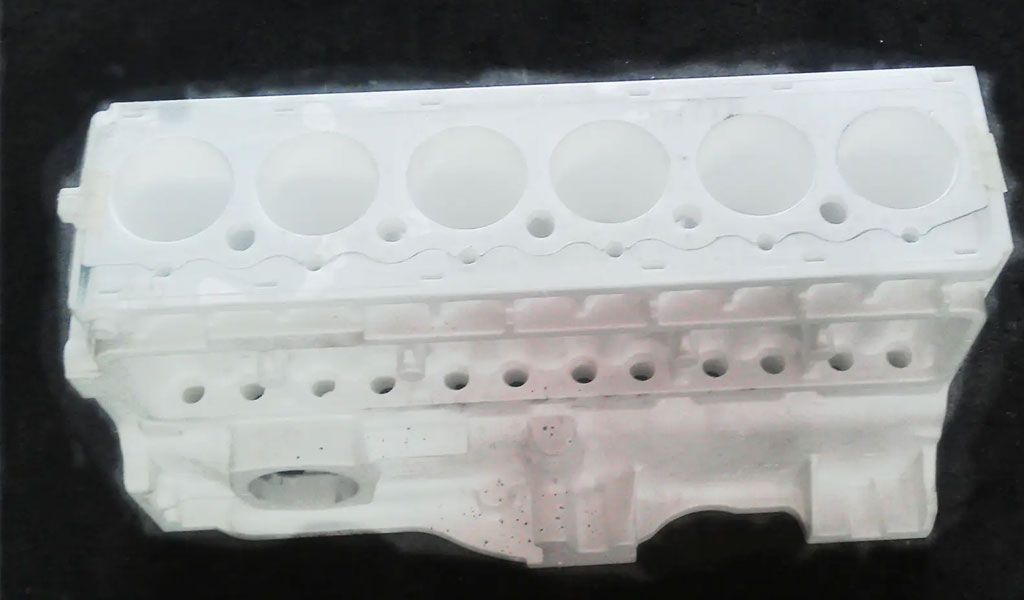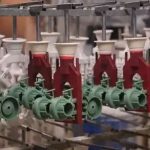Lost Foam Molds
What Is Lost Foam Molds
Lost foam casting (also known as solid mold casting) is a solid mold casting in which foam plastic molds use dry sand without binders combined with vacuum technology. After drying, it is buried in dry quartz sand to vibrate and shape, poured under negative pressure to make the model gasify, and the liquid metal occupies the position of the model. The key to the success of lost foam mold casting is to understand the importance of the close cooperation between the casting manufacturer, the user and the mold designer. The Lost Foam mold designer must first meet the requirements of the user and the needs of the casting factory, and then meet the requirements of mold manufacturing and model forming.
The lost foam molds is of significant importance in lost foam casting operations, whether for prototype or mass production. Pintejin is a lost foam casting parts and tooling manufacturer that is specialized in the manufacturing of lost foam molds and molding line systems(include green sand molding line ) used for different applications. Dry sand, foundry paint and model material are popular lost foam molds material options. Our custom lost foam molds services can deliver molding line systems with high functionality and ease of exchange, most importantly, can perfectly match your requirements. From 5 axis machining mold to vacuum molding line to mechanical jig, trust professional experts and engineers at Pintejin to help you in mold design and cnc machining, as well as other tooling manufacturing. We’ll minimize the downtime costs and improve the efficiency to provide a cost-effective solution with a short lead time. Fast to upload your CAD files or send us your inquiry to get a quick response online.
For Lost Foam Mold Making Require,Choose Pintejin Foundry
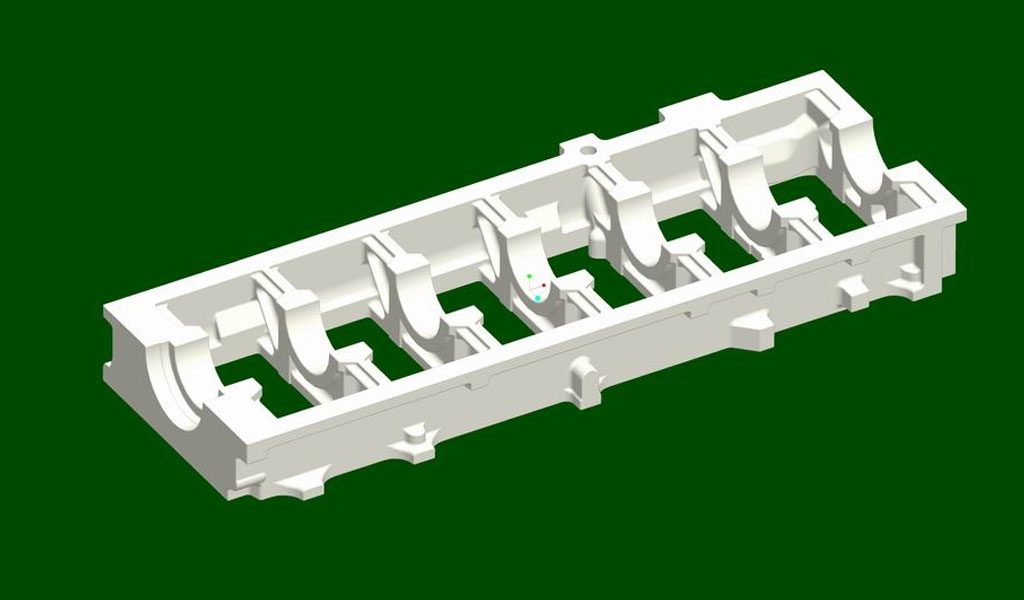
Bearing seat 1 
Bearing seat 2 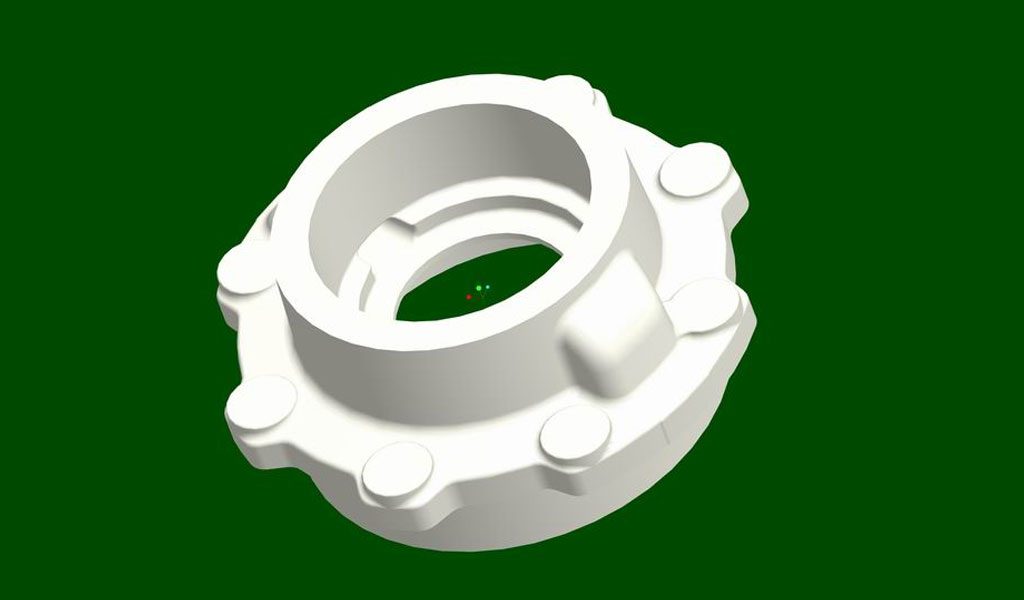
Bearing seat 3 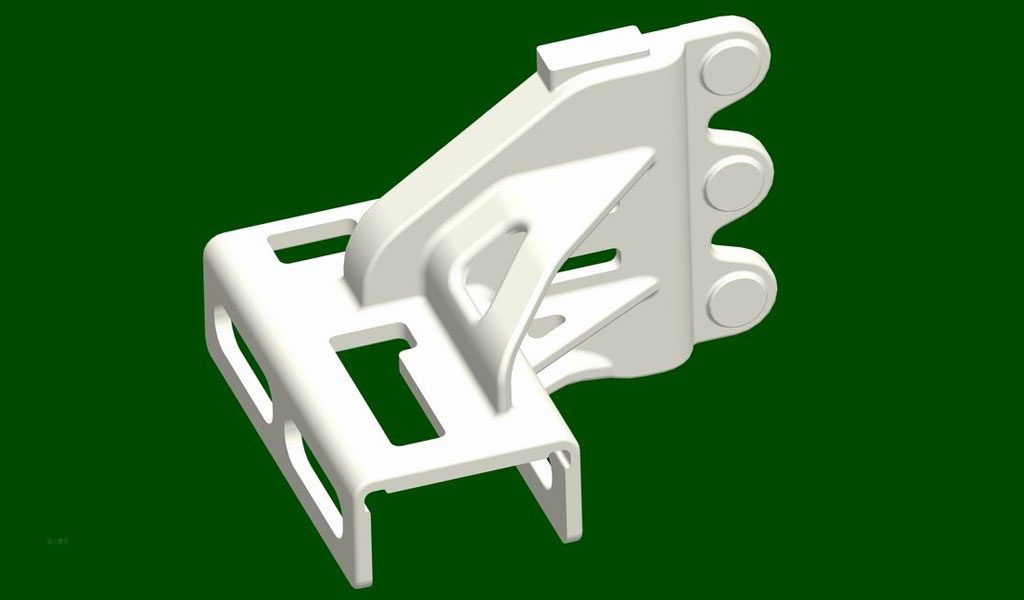
Bracket 1 
Bracket 2 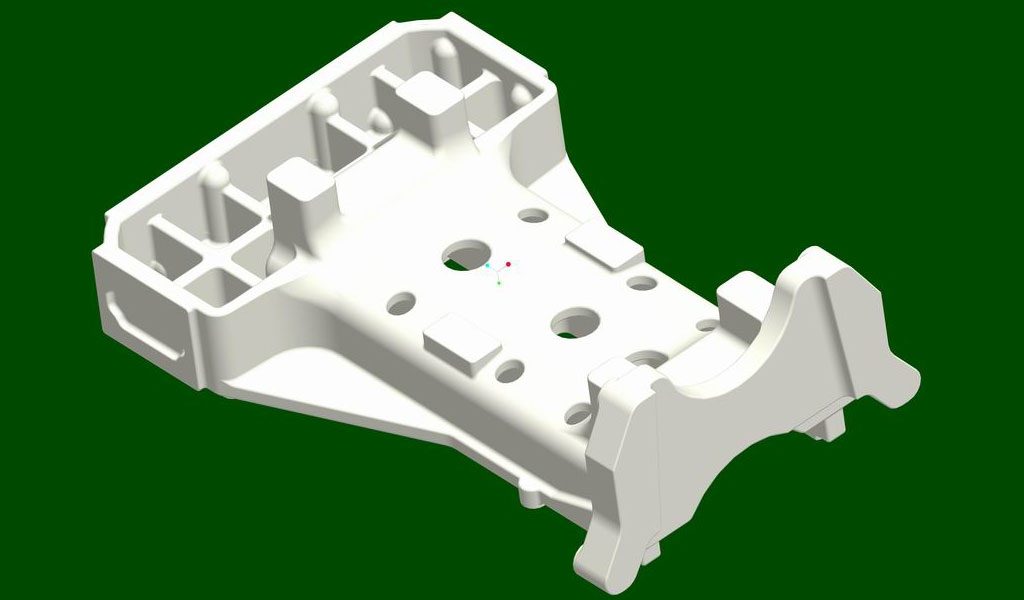
Bracket 3 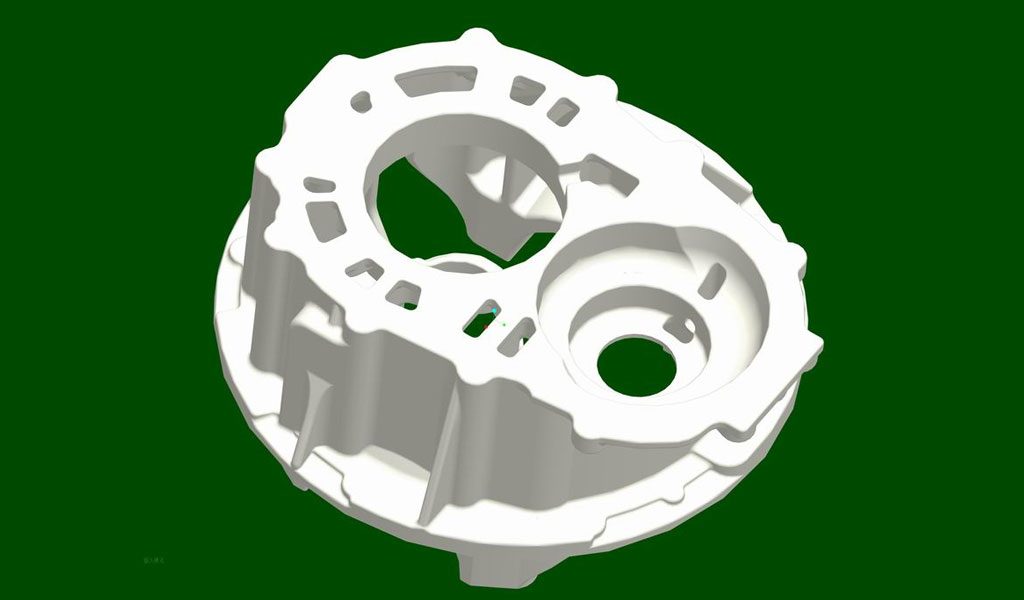
Middle axle reducer housing 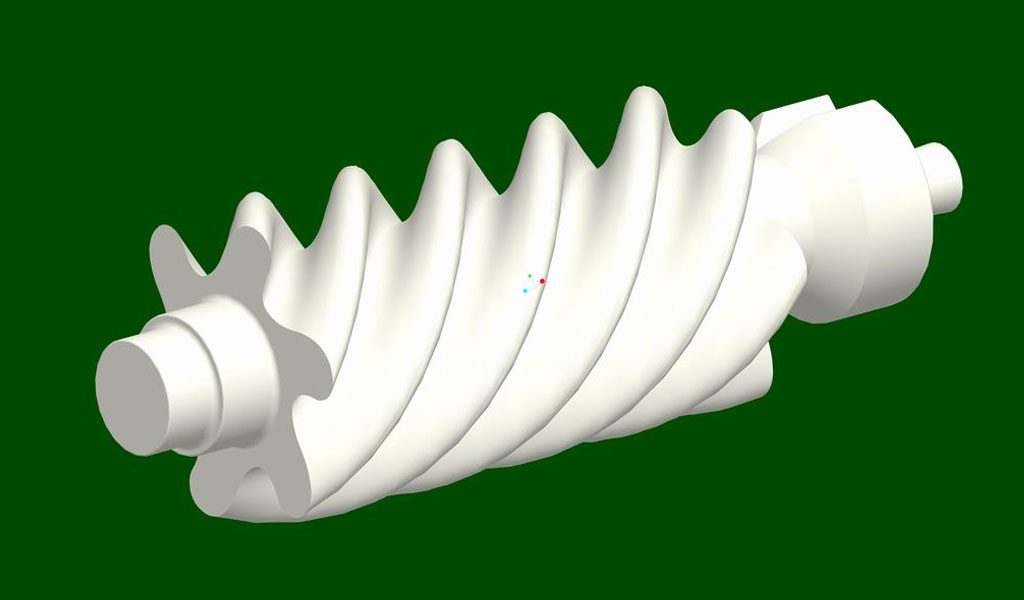
Vaginal rotor
The Comprehensive Design Points Of Lost Foam Molds
EPC mold technology has many features that other casting methods cannot provide to produce castings – negative draft angle, insert casting, special structures (such as curved channels) and complex blind holes, etc. are all possible to cast. Description of key features of optimally designed EPC parts Detailed casting process analysis needs to identify some machining and casting related factors as well as casting, parting surfaces, gating systems and dimensional tolerances etc. A preliminary analysis of the mold cavity is guided by discussion . Part machining drawings are carefully reviewed in conjunction with casting drawings, which will help to integrate many factors into the design.

